Comparing Plate Carriers vs. Bulletproof Vests: Which is Right for You?
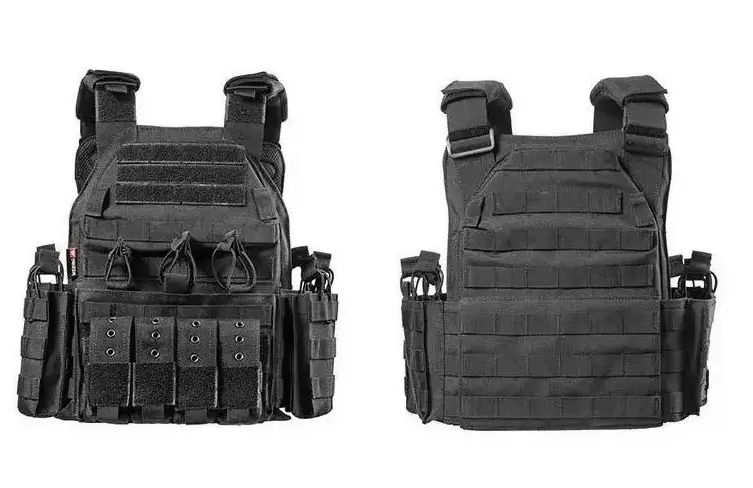
When it comes to personal protection, choosing between a plate carrier and a bulletproof vest can be a challenging decision. Both serve the purpose of safeguarding the wearer against threats, but they are designed for different situations and levels of protection. Understanding their differences, benefits, and drawbacks will help you determine which option suits your needs best.
What is a Plate Carrier?
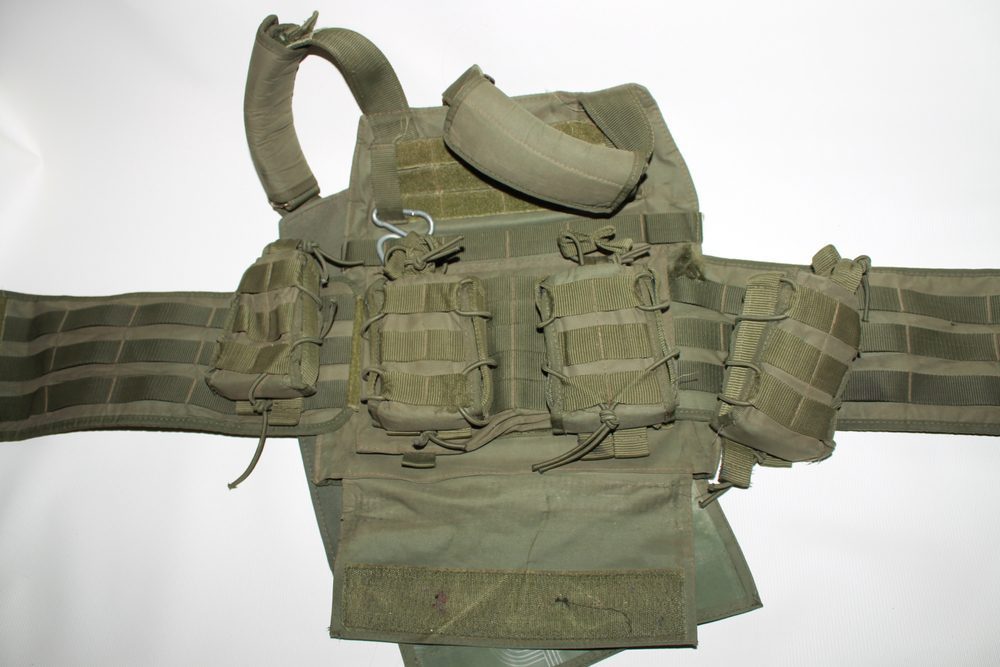
A plate carrier is a tactical vest designed to hold ballistic plates, which provide enhanced protection against high-caliber bullets and rifle rounds. These vests are commonly used by military personnel, law enforcement officers, and tactical operators due to their modularity and adaptability.
Key Features of Plate Carriers:
- Designed to hold ballistic plates (ceramic, steel, or polyethylene)
- Modular with MOLLE (Modular Lightweight Load-carrying Equipment) for attachments
- Provides higher protection against rifle rounds
- Customizable with pouches, mag carriers, and hydration systems
Pros of Plate Carriers:
✅ High-level protection against rifle rounds and high-caliber bullets
✅ Modular design allows for customization and attachment of gear
✅ Can be adjusted to different threat levels with interchangeable plates
✅ Offers better coverage for vital organs
Cons of Plate Carriers:
❌ Heavier and bulkier compared to bulletproof vests
❌ Less comfortable for extended wear
❌ Reduces mobility and agility in certain situations
❌ Can be expensive depending on plate material
What is a Bulletproof Vest?

A bulletproof vest, also known as a soft body armor vest, is designed to protect against handgun rounds and shrapnel. These vests are widely used by law enforcement officers, security personnel, and civilians who require discreet protection.
Key Features of Bulletproof Vests:
- Made of Kevlar or UHMWPE (Ultra-High Molecular Weight Polyethylene) materials
- Lightweight and comfortable for extended wear
- Designed primarily to stop handgun rounds and sharp weapons
- Often worn under clothing for concealed protection
Pros of Bulletproof Vests:
✅ Lightweight and comfortable for all-day wear
✅ Effective protection against most handgun threats
✅ More affordable compared to plate carriers
✅ Easier to conceal under clothing
Cons of Bulletproof Vests:
❌ Limited protection against rifle rounds
❌ Less modular and lacks customization options
❌ Offers less protection coverage compared to plate carriers
❌ Prone to degradation over time, requiring regular replacement
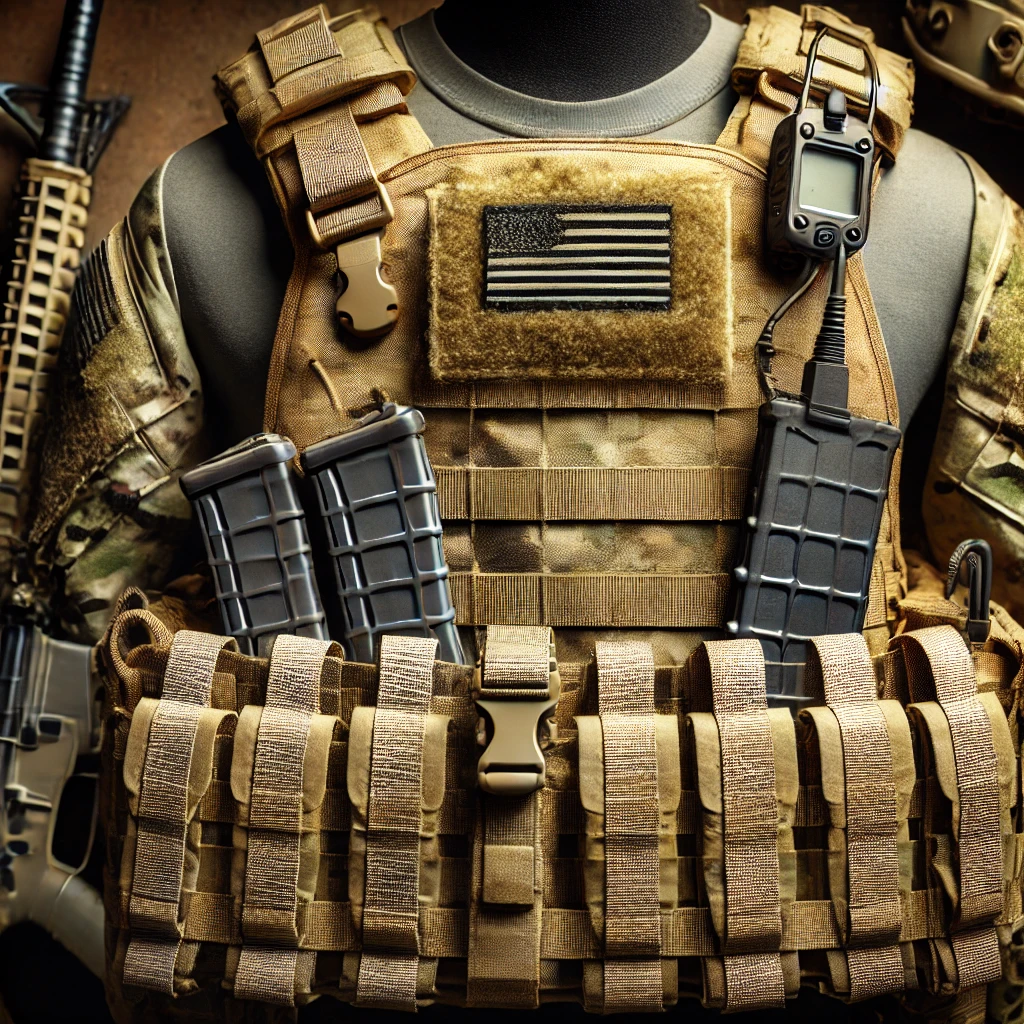
Key Differences Between Plate Carriers and Bulletproof Vests
| Feature | Plate Carrier | Bulletproof Vest |
|---|---|---|
| Protection Level | High (Rifle Rounds) | Medium (Handgun Rounds) |
| Weight | Heavy | Light |
| Modularity | High | Low |
| Concealability | Low | High |
| Comfort | Moderate | High |
| Durability | Long-lasting with proper care | Needs regular replacement |
| Price | Expensive | More affordable |
Which One Should You Choose?
The choice between a plate carrier and a bulletproof vest depends on your specific needs:
- Choose a Plate Carrier if:
- You need protection against high-caliber and rifle rounds
- You require modularity and customization for tactical gear
- You are in law enforcement, military, or high-risk security roles
- Choose a Bulletproof Vest if:
- You need lightweight protection against handguns
- You prefer comfort and ease of movement
- You want a concealed armor option for daily wear
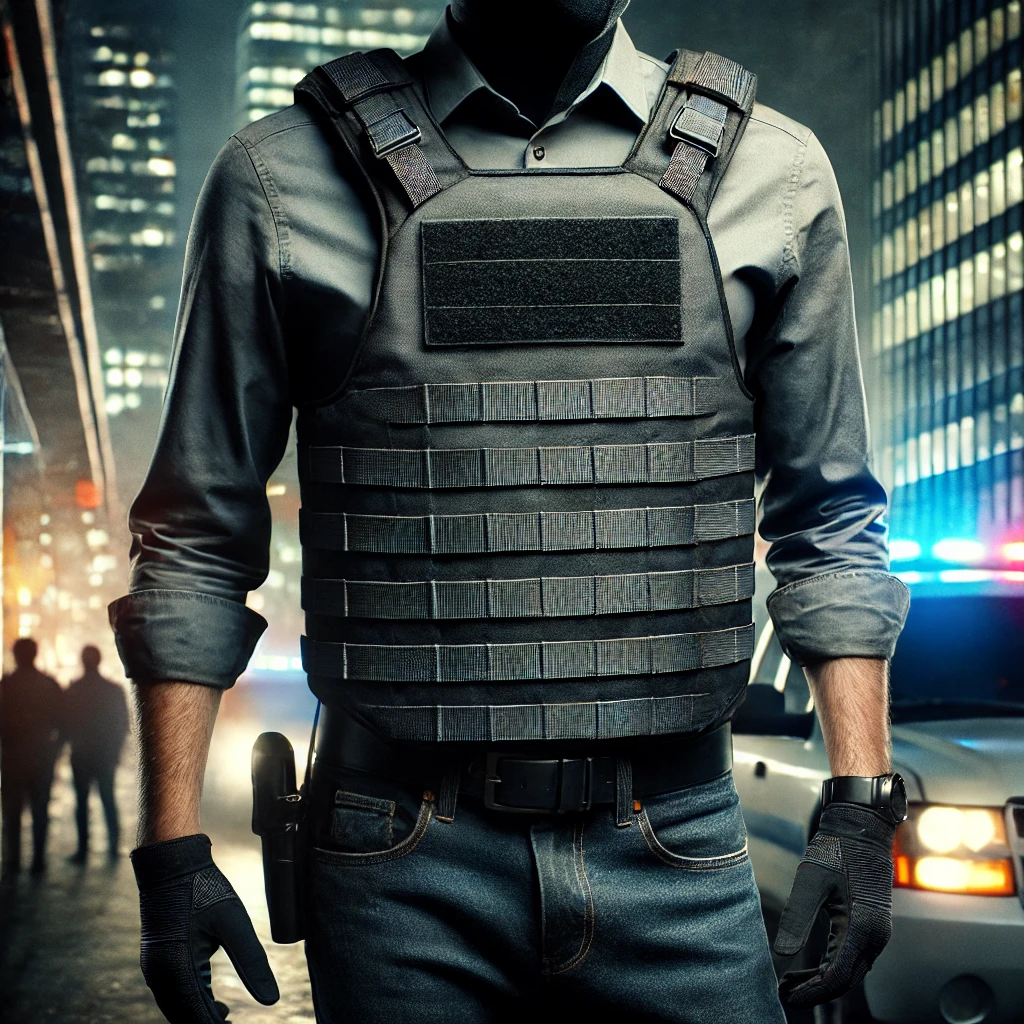
Frequently Asked Questions (FAQ)
1. Can a bulletproof vest stop rifle rounds?
No, standard soft body armor is not designed to stop rifle rounds. For rifle protection, you need a plate carrier with hard ballistic plates.
2. Are plate carriers legal for civilians?
Yes, in most places, civilians can legally purchase and own plate carriers. However, some regions have restrictions, so it’s essential to check local laws.
3. How long do bulletproof vests last?
Soft body armor vests typically last 5-7 years before needing replacement due to material degradation.
4. Are plate carriers comfortable for daily use?
Plate carriers are heavier and bulkier than bulletproof vests, making them less ideal for everyday wear but more suitable for high-threat environments.
5. Do plate carriers come with plates?
Not always. Many plate carriers are sold separately from ballistic plates, allowing users to choose their preferred level of protection.
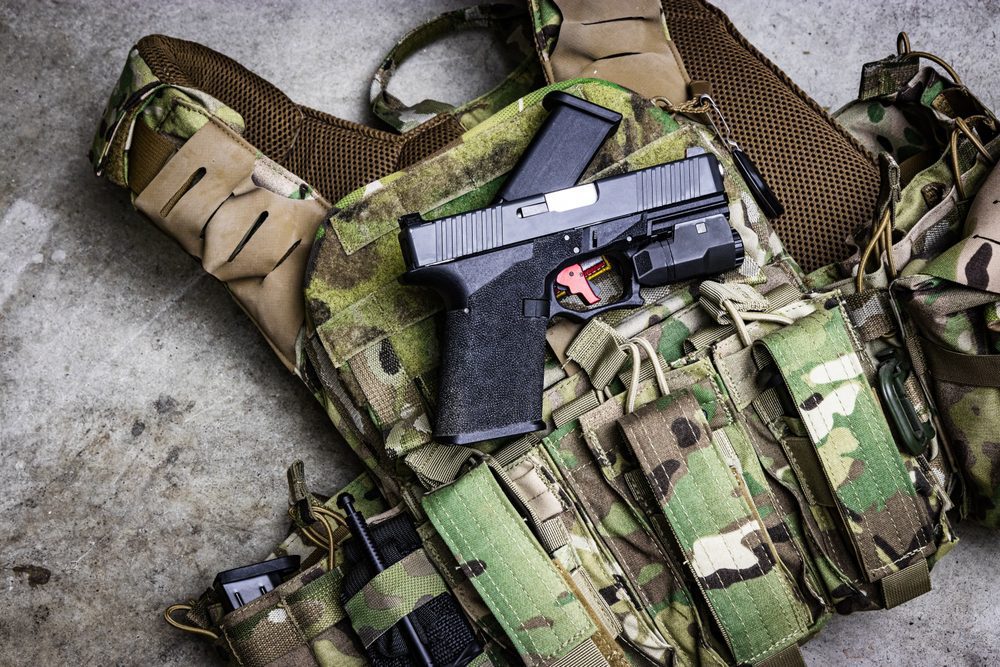
Conclusion
Both plate carriers and bulletproof vests provide essential protection, but they serve different purposes. If you need high-caliber protection and customization options, a plate carrier is the best choice. If you require lightweight, everyday protection against handguns, a bulletproof vest is the better option. Consider your needs, budget, and level of threat exposure before making a decision.
By understanding these differences, you can confidently choose the right protective gear for your safety and peace of mind.



Leave a Reply